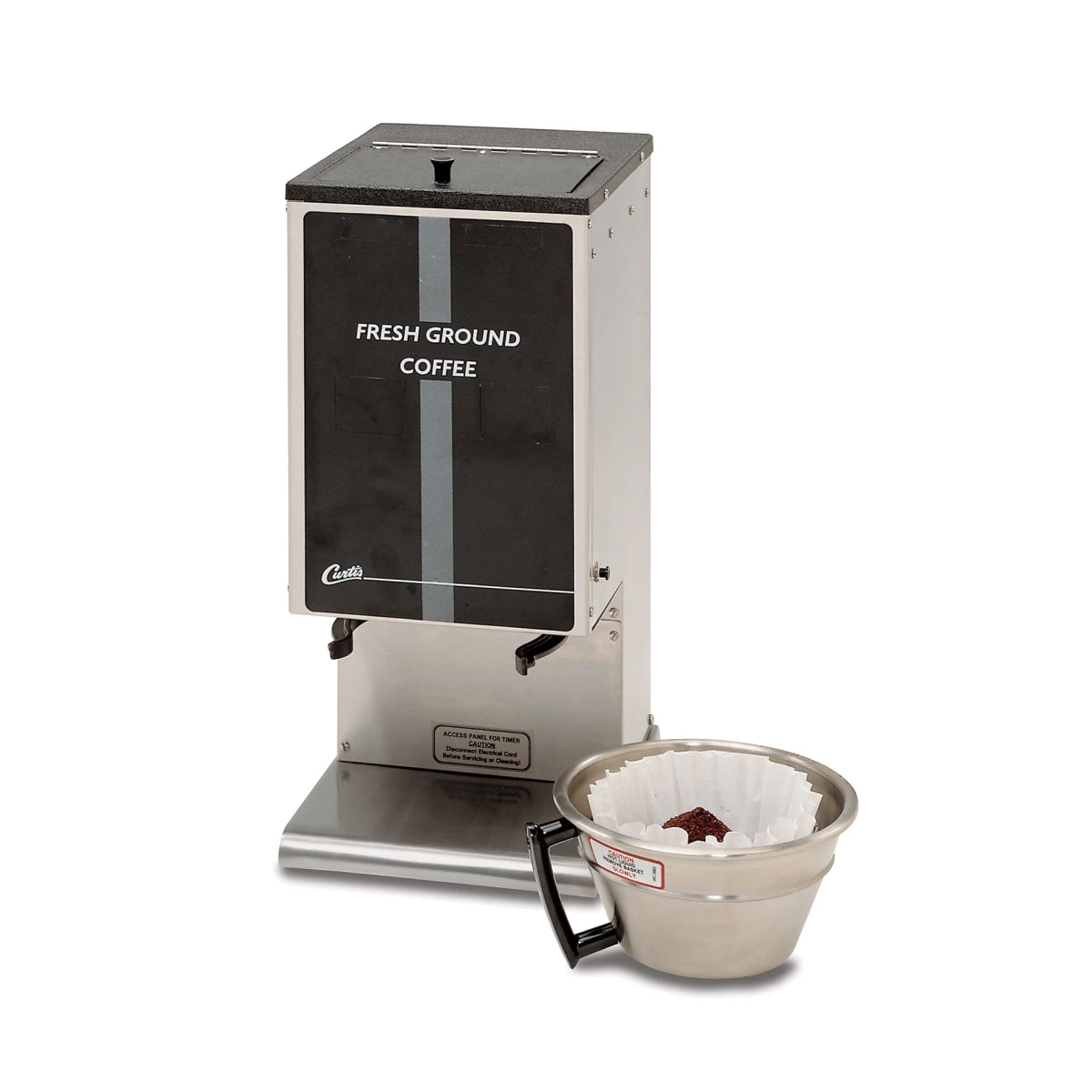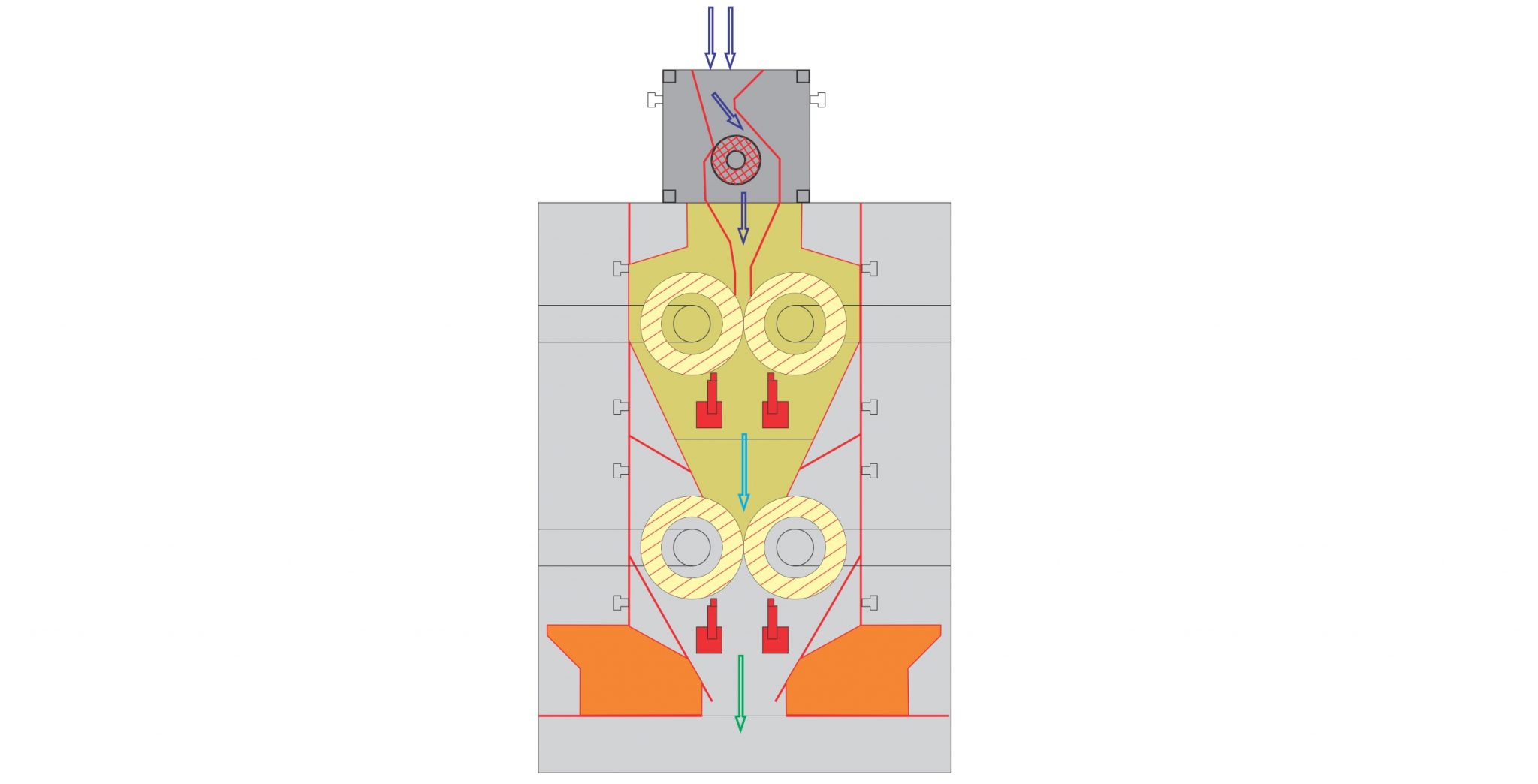A Starter's Guide to Industrial Coffee Grinder Choices
A Starter's Guide to Industrial Coffee Grinder Choices
Blog Article
Industrial Coffee Mill Guide: Boost Performance and High Quality
In the competitive landscape of coffee manufacturing, picking the appropriate industrial coffee mill plays a pivotal duty in boosting both effectiveness and item high quality. Comprehending the nuances of different grinder kinds and crucial functions-- such as adjustable work settings and durable building and construction-- can considerably affect the last flavor profile of the coffee.
Understanding Mill Kinds
When selecting a commercial coffee grinder, comprehending the various kinds readily available is essential for optimizing both taste removal and functional performance. The 2 main kinds of mills are blade mills and burr mills. Blade grinders make use of sharp blades that cut coffee beans right into irregular sizes, leading to uneven removal and possibly undesirable flavors. While blade mills are frequently much more appropriate and budget friendly for small-scale procedures, they are normally not recommended for industrial use.

Inevitably, picking the best sort of grinder is integral to preserving quality and effectiveness in coffee manufacturing, making it vital for services to purchase high-grade burr mills for optimal outcomes.
Secret Functions to Consider
Picking an industrial coffee grinder needs mindful factor to consider of a number of crucial features that can considerably influence both performance and the total coffee experience. One of the key facets to review is the grinding system. Burr grinders are usually liked over blade mills, as they offer a constant grind dimension, which is important for ideal extraction and flavor.
An additional vital attribute is the mill's capacity. Relying on the quantity of coffee you need to procedure, pick a design that can manage your needs without giving up rate or quality. Furthermore, take into consideration the grind settings used. A versatile mill with several setups permits you to customize the work dimension to various developing methods, improving the coffee's flavor profile.
The building material additionally contributes in longevity and upkeep. Stainless-steel elements commonly provide long life and are easier to cleanse, which is important for keeping health criteria. Finally, review the grinder's noise degree, specifically in an active coffee shop or production atmosphere, where too much sound can be turbulent. Buying a mill that stabilizes these features can greatly enhance both operational performance and the quality of the coffee offered.
Optimizing Grinding Refine
To accomplish the finest lead to coffee preparation, optimizing the grinding process is vital. The grind dimension dramatically influences removal, flavor, and total top quality of the made coffee. Various brewing approaches require details grind sizes; as an example, espresso requires a fine grind, while French press requires a crude appearance. Comprehending the relationship between work size and developing technique is the very first step in optimization.


Furthermore, keeping an eye on the grinding speed can optimize the procedure. Slower grinding often generates much less warmth, preserving fragile flavors and fragrances. On the other hand, much faster grinding may create excessive heat, negatively impacting the coffee's high quality.
Upkeep and Care Tips
Proper upkeep and treatment of commercial coffee grinders are important for making certain ideal performance and durability. Routine cleansing is the foundation of maintenance; residue build-up can impact flavor and grinding effectiveness. It is a good idea to cleanse the mill after each use, wiping down the outside and removing any type of coffee premises from the burrs.
In addition, inspect the grinding burrs for deterioration. Plain burrs can endanger grind consistency, so they must be replaced as necessary. Industrial Coffee Grinder. Occasionally calibrating the mill is also essential, as this keeps the preferred grind dimension for numerous developing methods
Lubrication of relocating parts must be performed according to the manufacturer's specs, as this reduces rubbing and prolongs the life of the devices. It is necessary to utilize food-grade lubricating substances to make certain safety and security and compliance with health regulations.
Last but not least, keep the mill in a completely dry and secure setting to avoid corrosion and corrosion. By adhering Check Out Your URL to these upkeep and care tips, operators can boost the performance of their commercial coffee grinders while making sure high-grade outcome and extended operational life.
Roi Evaluation
Examining the return on financial investment (ROI) for industrial coffee grinders is vital for businesses looking for to optimize their coffee production capacities. A complete ROI evaluation aids identify the financial viability of buying high-grade mills, enabling services to consider the first expenses versus possible gains.
Assess the purchase rate of the mill, including installment and any necessary modifications to existing infrastructure. High-performance grinders commonly lead to lowered grinding time and increased throughput, which can significantly enhance browse around this site performance.
In addition, consider the influence on product high quality. Industrial Coffee Grinder. Superior mills produce an even more constant work size, which can improve taste profiles and customer fulfillment, ultimately driving sales. By boosting the quality of the last item, organizations can justify greater prices, resulting in boosted income
Conclusion
In recap, an industrial coffee grinder plays a pivotal role in improving both effectiveness and item quality within coffee production. Eventually, the strategic financial investment in a trustworthy grinder adds dramatically to boosted income and competitiveness in the coffee market.
In the competitive landscape of coffee manufacturing, selecting the ideal commercial coffee mill plays an essential role in improving both efficiency and item top quality. The 2 key types of mills are blade grinders and burr grinders. Within the burr mill classification, there are level burr grinders and conelike burr grinders, each with its benefits. Burr grinders are generally chosen over blade grinders, as they supply a consistent grind dimension, which is vital for optimal removal and taste.
In recap, an industrial coffee mill plays a critical duty in improving both efficiency and item quality within coffee manufacturing.
Report this page